Composting begins at The Foodbank
The finished product will be used in our urban garden, which provides educational opportunities for our community while relieving hunger in our area.
Written by: Emily Gallion, Grants & Advocacy Manager and Caitlyn McIntosh, Development Manager
Over 20 percent of the material in municipal landfills is food. According to the EPA, food waste is the greatest single contributor to solid waste nationwide. While food waste can easily be repurposed into compost, only a fraction – about 6 percent – is put to use in this manner.
It is troubling to see such excessive food waste and food insecurity exist side-by-side. It is estimated that one third of food produced for human consumption is never eaten, and a significant amount of food is wasted for superficial reasons: for example, retailers often cannot sell fruits and veggies that are misshapen, the wrong size, or otherwise unattractive. Meanwhile, in our own community, 116,720 people are living with food insecurity.
Hunger relief organizations such as The Foodbank are in a unique position to address this issue. By “rescuing” food that would otherwise go to waste, we can reduce solid waste while also providing healthy food to those who need it. Food rescue from retailers accounted for 3.5 million pounds of food distributed by The Foodbank in 2019.
Our spoilage rates are incredibly low. Last year, we only lost about 1 percent of the food we acquired. However, considering that we distributed over 16 million pounds of food last year, even 1 percent can make a significant impact. Meanwhile, we were also buying compost for our urban garden and paying for carts to remove food waste from our property. We knew we could do better.
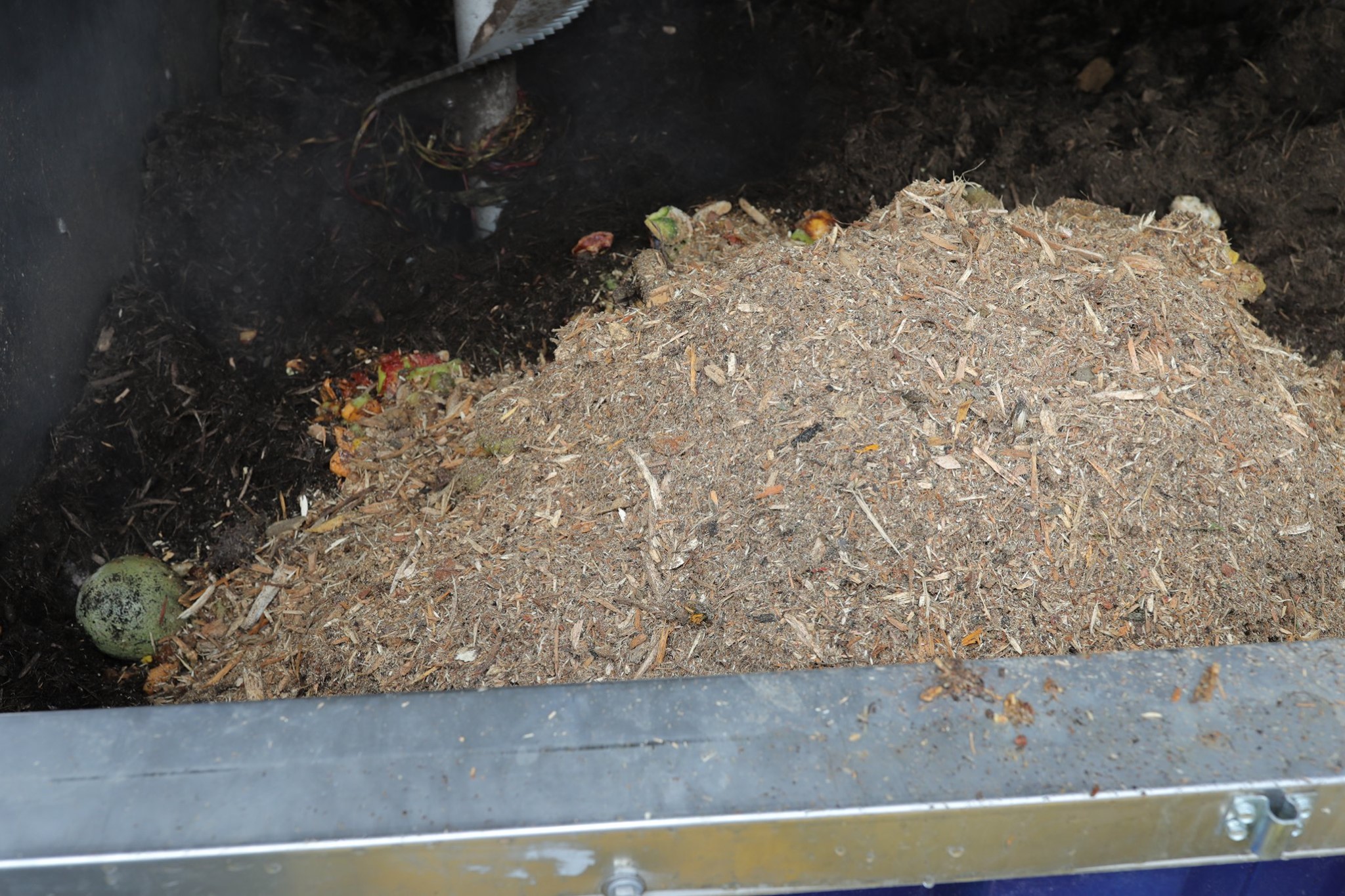
Many people associate composting with bins of decomposing food — a smelly process that can take upwards of three months. Thanks to generous support from the Ohio EPA, Kroger, Central State University, and a private donor, The Foodbank was able to purchase an in-vessel continuous flow composting unit from Green Mountain Technologies, a US-based company whose mission is helping organizations like us reduce their environmental footprint.
For an organization such as The Foodbank, there are several opportunities associated with composting. The amount of food waste we produce is highly variable, and sometimes we only have a very small quantity of food to dispose of at one time. Odors were a major concern for us, as our garden is often visited by volunteers and children on field trips, and we absolutely could not run the risk of attracting pests – a major food safety hazard.
The unit, constructed from a recycled shipping container, shelters food waste from pests and harsh weather while creating the optimal conditions for composting. A metal auger stirs the compost, exposing it to oxygen and pushing waste through the unit. The consistent temperature and exposure to air means that the compost is finished after 14-21 days, after which it must “cure” in a separate location for 30-60 days.
This continuous-flow model is unique because it is able to move product through the container automatically. In traditional composting, food waste must be processed in large batches, but this is not feasible for food banks, which experience fluctuations in the volume of food waste produced. This unit allows us to add smaller quantities of food each day without disturbing existing compost.
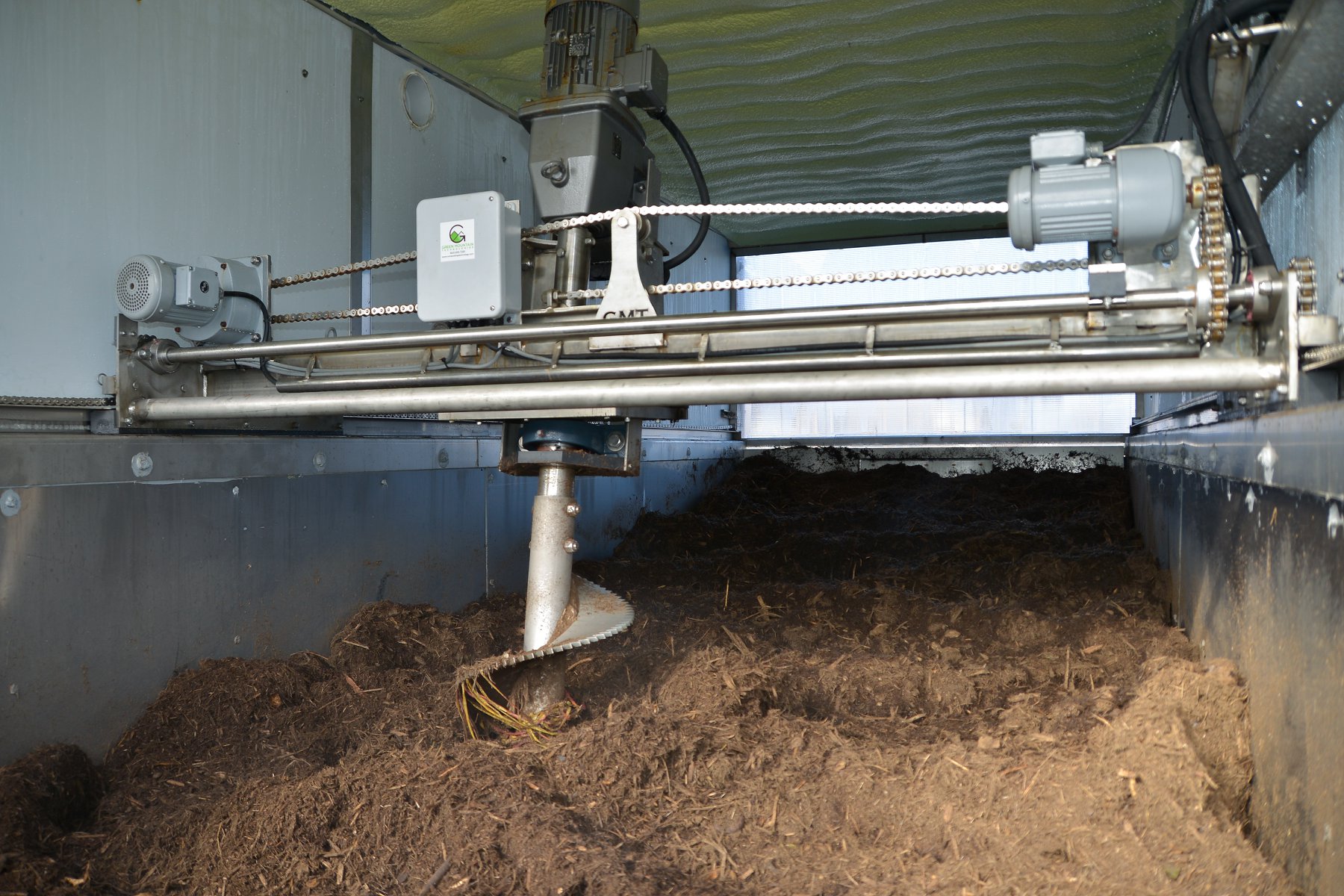
While The Foodbank’s mission centers on hunger relief, food banks are in a unique position to address the issue of food waste. There is also a dual benefit associated with the acquisition of the new composter as well: the compost produced can benefit our on-site urban garden. Last year, the garden produced over three tons of fresh produce.
In addition to producing food for our clients, the garden provides us an opportunity to educate our community. Last year, over 400 students visited our garden. The children we see are primarily low income students from neighboring areas, which are largely urban with limited green space.
The composter will allow us to offer additional educational opportunities to the community. And while our composter is a commercial-grade system made from a large shipping container, composting can be done at any scale in any environment.
Most of our neighbors live in apartment buildings or houses with very small yards — not ideal environments for large gardens or large shipping containers of compost. Our urban garden has allowed us to teach the community how to use alternative ways of gardening, and we plan to teach alternative ways of composting as well.
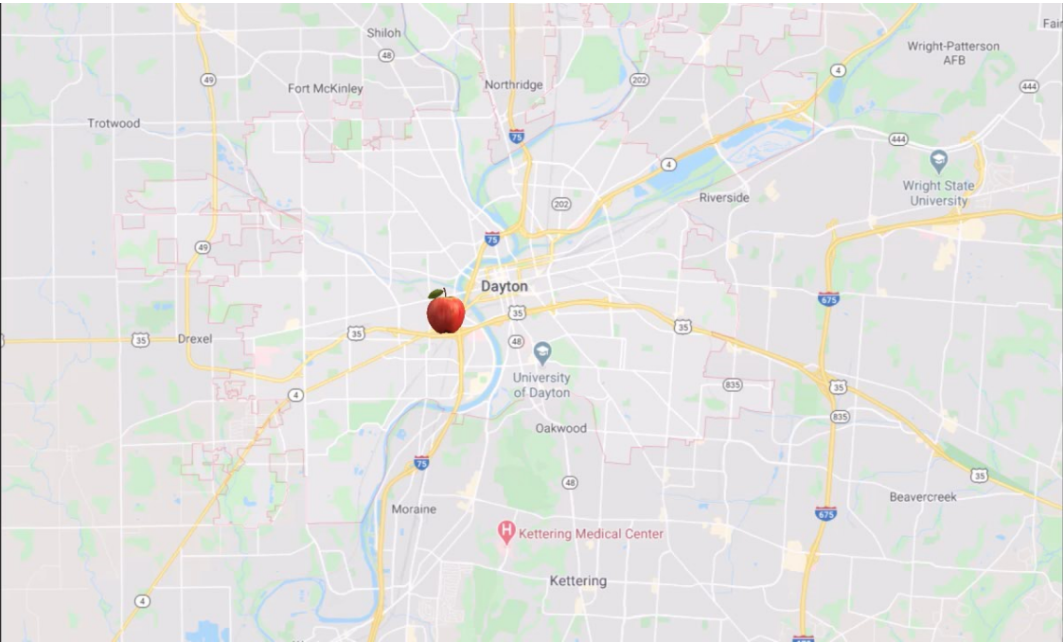
In addition to the educational advantages of having a composter on site, there is another advantage: the bottom line. In 2018, we spent $8,000 on trash service to dispose of spoiled food, but we were also purchasing compost from other sources for use in the garden. We anticipate seeing a cost savings of $10,000 just from producing our own compost.
We hope to be able to use the unit as a potential revenue stream within the next few years by accepting food waste from other organizations and turning it into a salable product.
The Foodbank is constantly looking for innovative practices to help us better the community. We are currently one of the only food banks in the nation with its own in-vessel composter. As our program continues to grow, we hope that our successes and failures can serve as a model for how we all can better manage waste.
Visitors are always welcome and encouraged. Contact our Master Gardener James Hoffer at 937-461-0265 ext. 20 or JHoffer@thefoodbankdayton.org to Turnip the Beet with us!
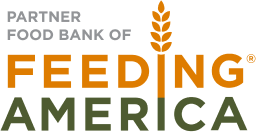
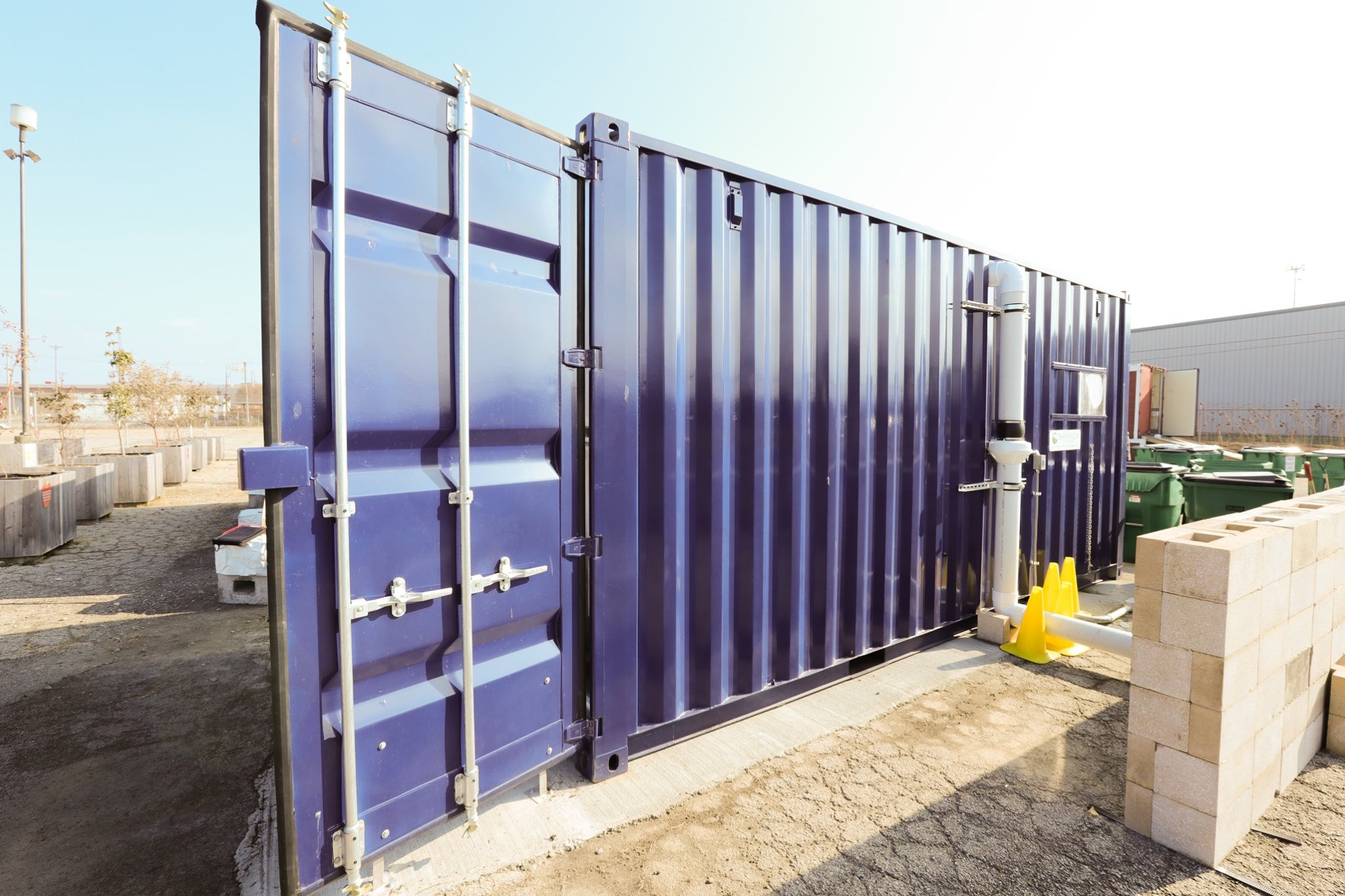
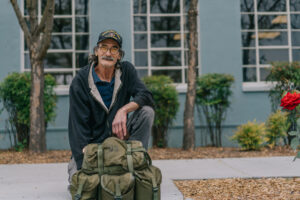


No comment yet, add your voice below!